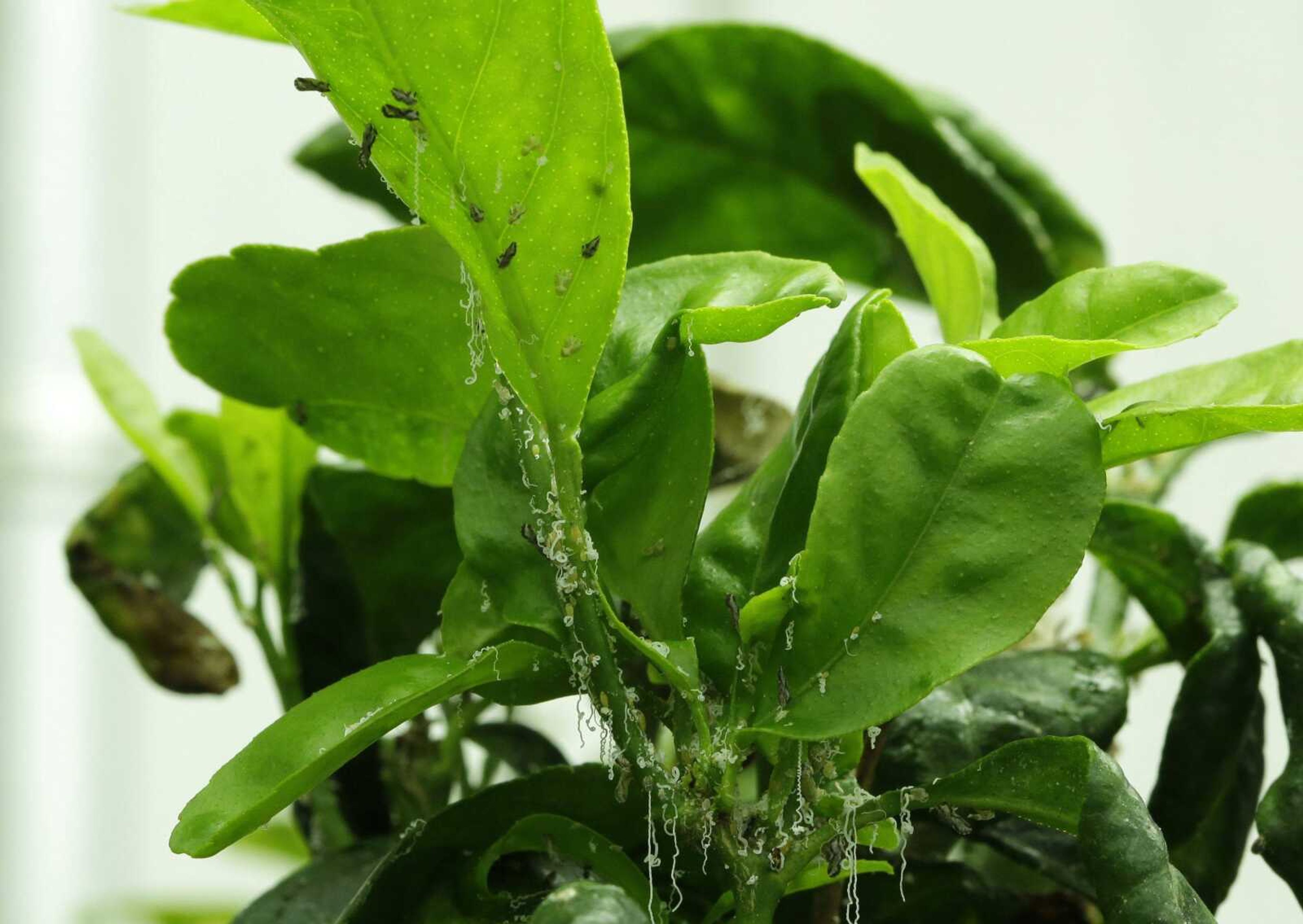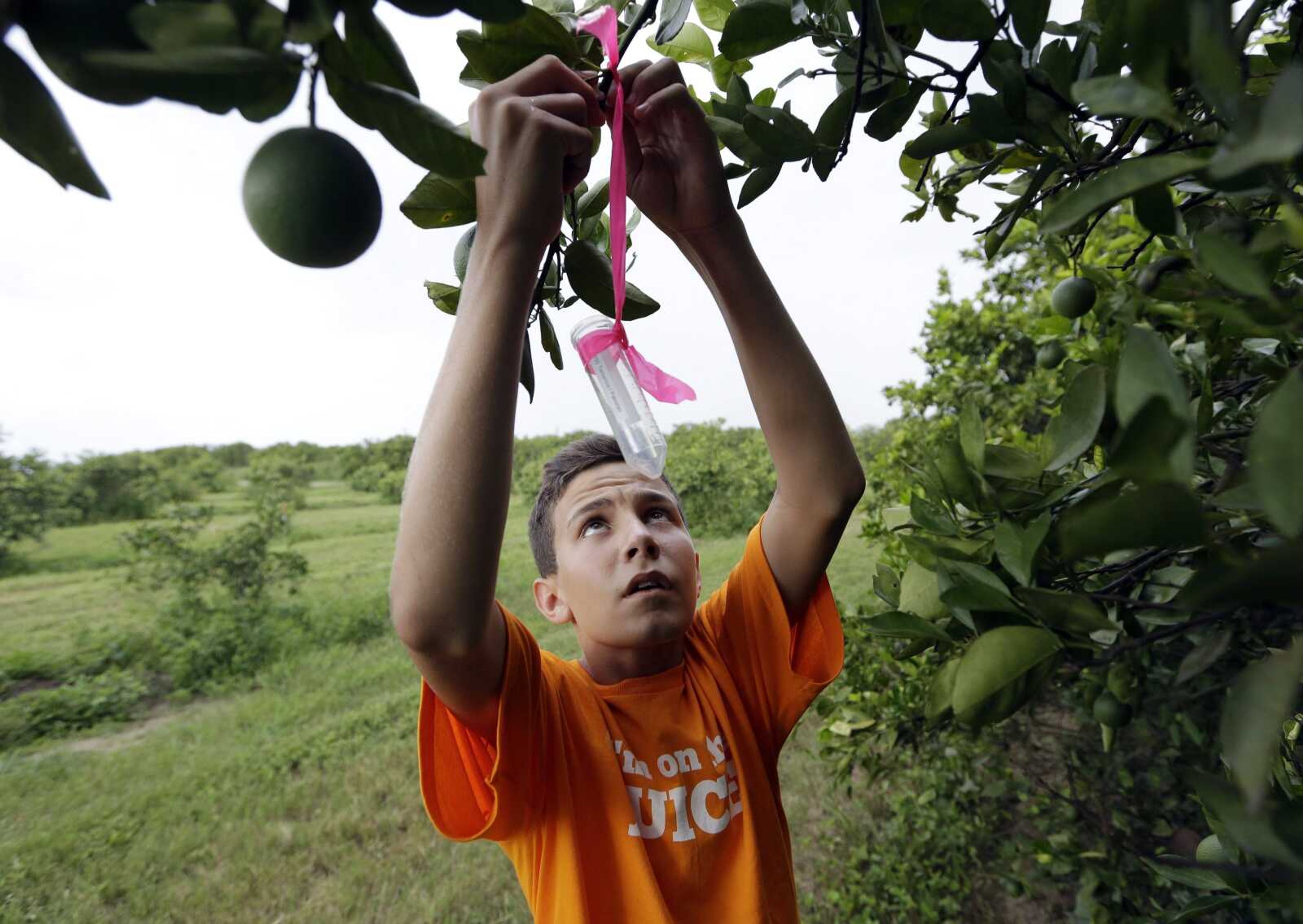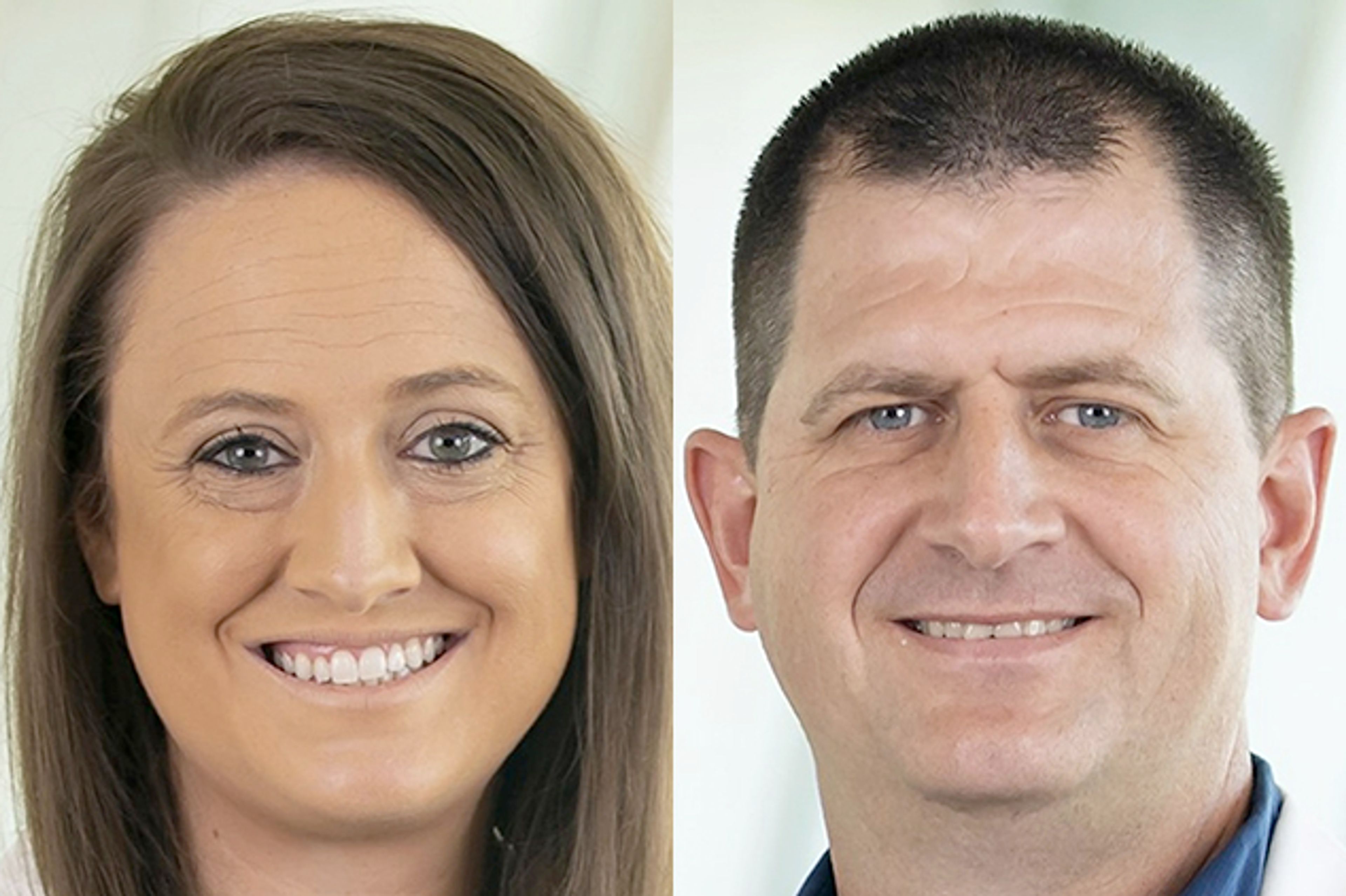Invasive insect threatens iconic Florida industry
Citrus has always been synonymous with Florida. The orange adorns the state license plate. The University of Florida's famed football stadium was named after an orange magnate. There is even a county called Citrus. Throughout the decades, the citrus industry always has stood strong -- through freezes, hurricanes and rampant development...
Citrus has always been synonymous with Florida.
The orange adorns the state license plate. The University of Florida's famed football stadium was named after an orange magnate. There is even a county called Citrus.
Throughout the decades, the citrus industry always has stood strong -- through freezes, hurricanes and rampant development.
But the $9 billion industry is facing its biggest threat yet, putting at risk the state's economy and its identity. Blame a mottled brown bug no bigger than a pencil eraser that carries a lethal disease.
In China, where the problem was first discovered, it's called huanglongbing. Translation: "the yellow dragon disease." In Florida, it's known simply as "greening."

It arrived in the United States via a tiny invasive bug called the Asian citrus psyllid, which carries bacteria that are left behind when the psyllid feeds on a citrus tree's leaves. The tree continues to produce useable fruit, but eventually disease clogs the vascular system. Fruit falls, and the tree slowly dies.
The psyllid isn't native to Florida, but it is believed to have arrived from someone who perhaps unknowingly brought a slip of a tree from Asia. Some think it spread on the winds of hurricanes a decade ago. There is no cure for greening, and no country has eradicated it.
All of that has Florida's growers in a frenzy to find a way to stop it.
"It feels like you're in a war," said Ellis Hunt Jr., whose family owns 5,000-plus acres of orange groves and is part of the co-op that contributes to Florida's Natural, the third-largest juice brand in the country.
Hunt estimates he's spending some $2,000 an acre on production costs, a 100 percent increase from 10 years ago. Much of that goes toward nutrients and spraying to try to control the psyllids. The thought of the demise of his farm -- of Florida citrus -- gnaws at him.
"We can't let this thing go down on our watch," he said.
Nearly all of the state's citrus groves are affected in varying degrees by greening disease, and researchers, growers and experts agree the crisis has started to compromise Florida's prominence as a citrus-growing region. Florida is second in the world, behind Brazil, in growing juice oranges, producing about 80 percent of juice in the U.S.
This past growing season, the state produced 104 million boxes of oranges, which comprise the bulk of Florida's overall citrus crop. In 2003, two years before greening was discovered and prior to several devastating hurricanes, 243 million boxes were picked.
"This affects the whole state. The economic impact. The landscape. The iconic image of Florida and how it has drawn people here to smell the orange blossoms in the spring and look forward to that Christmas gift of fresh Florida citrus," said state Agriculture Commissioner Adam Putnam, whose family has grown oranges since the early 1900s.
"It will have a ripple effect throughout the economy if we can't get our arms around this disease."
Experts say if a solution isn't found, Florida's entire citrus industry -- with its 75,000 jobs -- could collapse. Compounding the problem is the timing of it: The disease coincides with an increase in foreign competition and a decrease in juice consumption as health-conscious consumers count carbs. In July, U.S. orange juice retail sales fell to the lowest level in 12 years for a second consecutive four-week period.
The war room in the fight against the yellow dragon is found in Lake Alfred, 30 miles southwest of Walt Disney World, in a nondescript cluster of buildings at the University of Florida's Citrus Research and Education Center.
There, some of the world's top citrus researchers -- from the U.S., China, Brazil, India -- slouch over microscopes and peer into makeshift greenhouses, hoping to unlock the puzzle that is greening. They talk about nucleotides and genomes like regular folks order a sandwich.
The researchers are concentrating on two things: a short-term workaround that will allow existing trees to survive, and a long-term solution -- possibly three to five years away -- to develop a greening-resistant tree.
"A lot of people are looking for miracle cures," said Jude Grosser, a horticulture professor who has spent his 30-year career developing citrus varieties and is focused on solving greening. "But the answer for greening will be a number of different pieces. Our part is the genetic resistance to the disease."
Some growers are taking matters into their own hands. Rick Kress, president of Southern Gardens Citrus, has hired a private team of researchers to work on genetically engineering a greening resistant tree with the DNA from spinach. He understands introducing juice from a genetically modified orange would create another hurdle because of the public's perception of such foods.
But the alternative -- no juice at all -- is unthinkable.
"Irrespective of the challenges," Kress insisted, "Florida orange juice is not going to go away."
------
Follow Tamara Lush on Twitter at http://twitter.com/tamaralush
Connect with the Southeast Missourian Newsroom:
For corrections to this story or other insights for the editor, click here. To submit a letter to the editor, click here. To learn about the Southeast Missourian’s AI Policy, click here.






